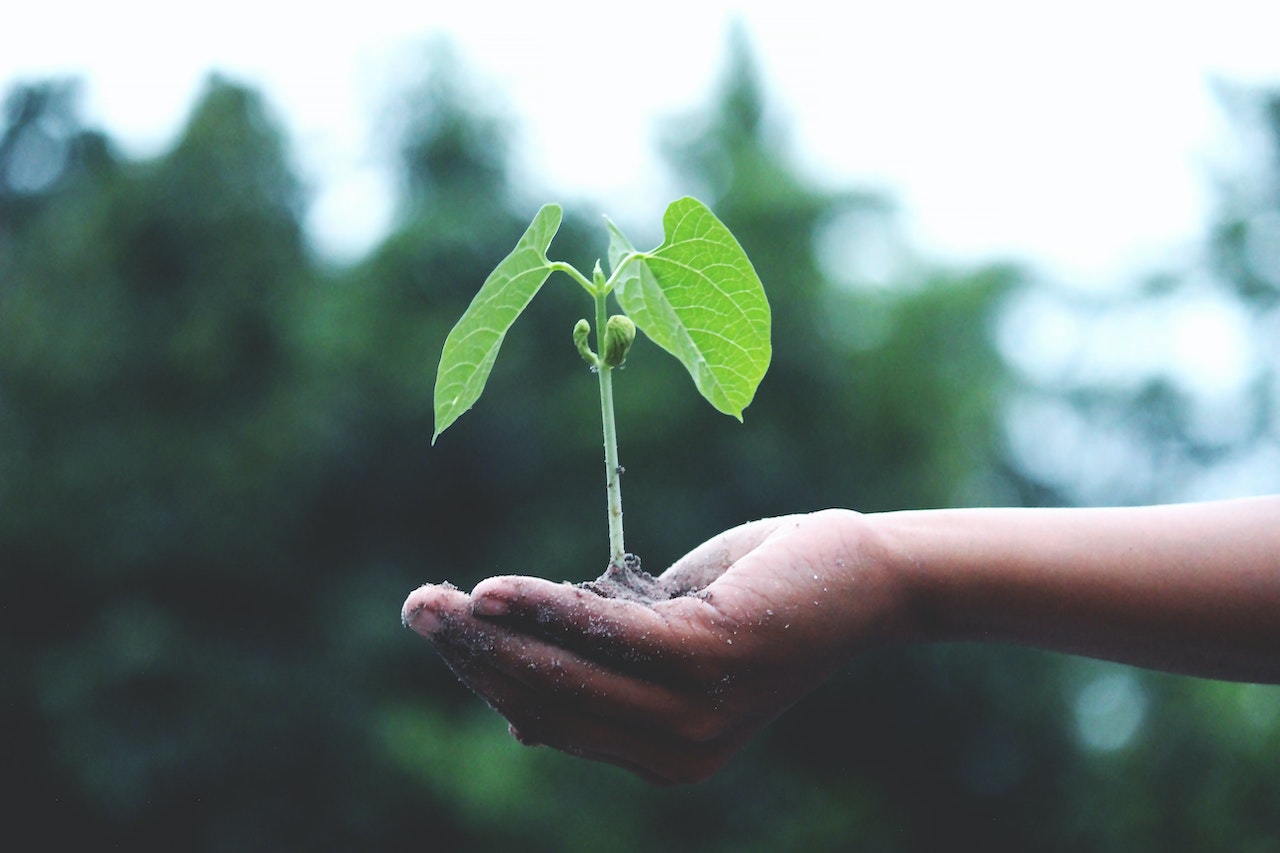This post was originally published on Sustainability Matters
With millions of tonnes of household and industrial plastics breaking down in landfill, rivers and the sea annually in Australia, Flinders University is leading research into how degrading plastic waste is progressively building up in local coastal areas and the Gulf St Vincent.
A study in the international journal Marine Pollution Bulletin uses microplastic density mapping — compiled over two years by experts at the South Australian Research and Development Institute (SARDI), the research arm of Primary Industries and Regions SA (PIRSA) — to raise concerns about rising microplastic particles in the Gulf.
Flinders University Professor of Biological Oceanography Sophie Leterme said compounding pollution issues will continue escalating in every part of the environment.
According to Leterme, there may be undiscovered accumulation areas with high densities of harmful microplastics in South Australian waters. These particles are increasingly finding their way into marine trophic webs and are ingested by organisms.
There are also concerns about humans consuming microplastics through contaminated food.
The researchers say the system developed to monitor and measure microplastic accumulation in local waters and freshwater streams can be adapted to local conditions.
SA’s marine economy was worth $2.3 billion in 2019, with the Gulf St Vincent (GSV) accounting for about half the value of production in marine industries.
Spencer Gulf and GSV are large semi-enclosed water bodies or inverse estuaries, meaning they become progressively saline as they go further inland. In GSV, the residual (non-tidal) currents are predominantly wind driven, making their conditions ideal for trapping plastic debris.
Leterme worked with Flinders University researchers Kyle Mitchell and Dr Jason Gascooke, as well as SARDI’s Dr Charles James, to develop the new model.
The model of the gulf currents was used to drive a simulation of microplastics originating from two coastal freshwater input sources, the Onkaparinga and Torrens rivers. The results were used to map forecasted microplastic pollution densities in Gulf St Vincent and identify potential microplastic accumulation zones.
The study also simulated the trajectories of microplastic particles that could enter marine park boundaries in the gulf.
Image credit: iStock.com/Uladzimir Zuyeu





0 Comments